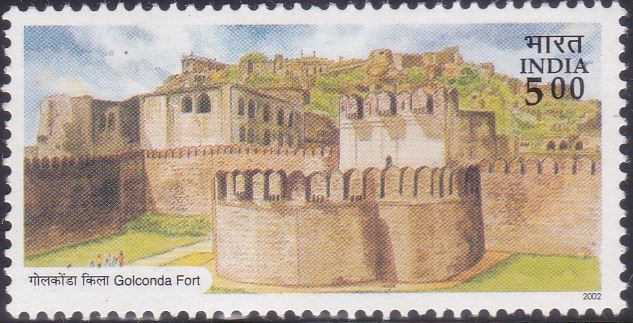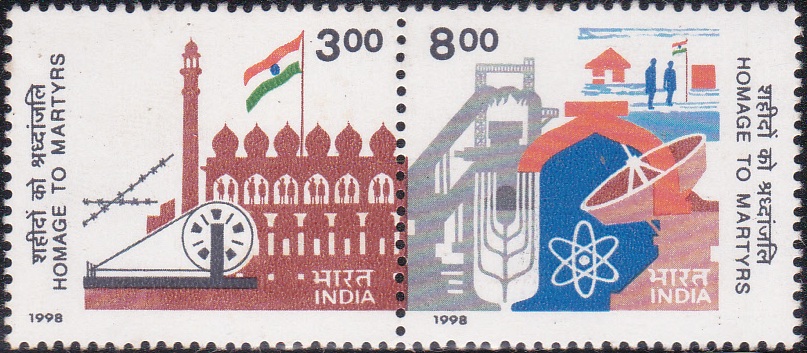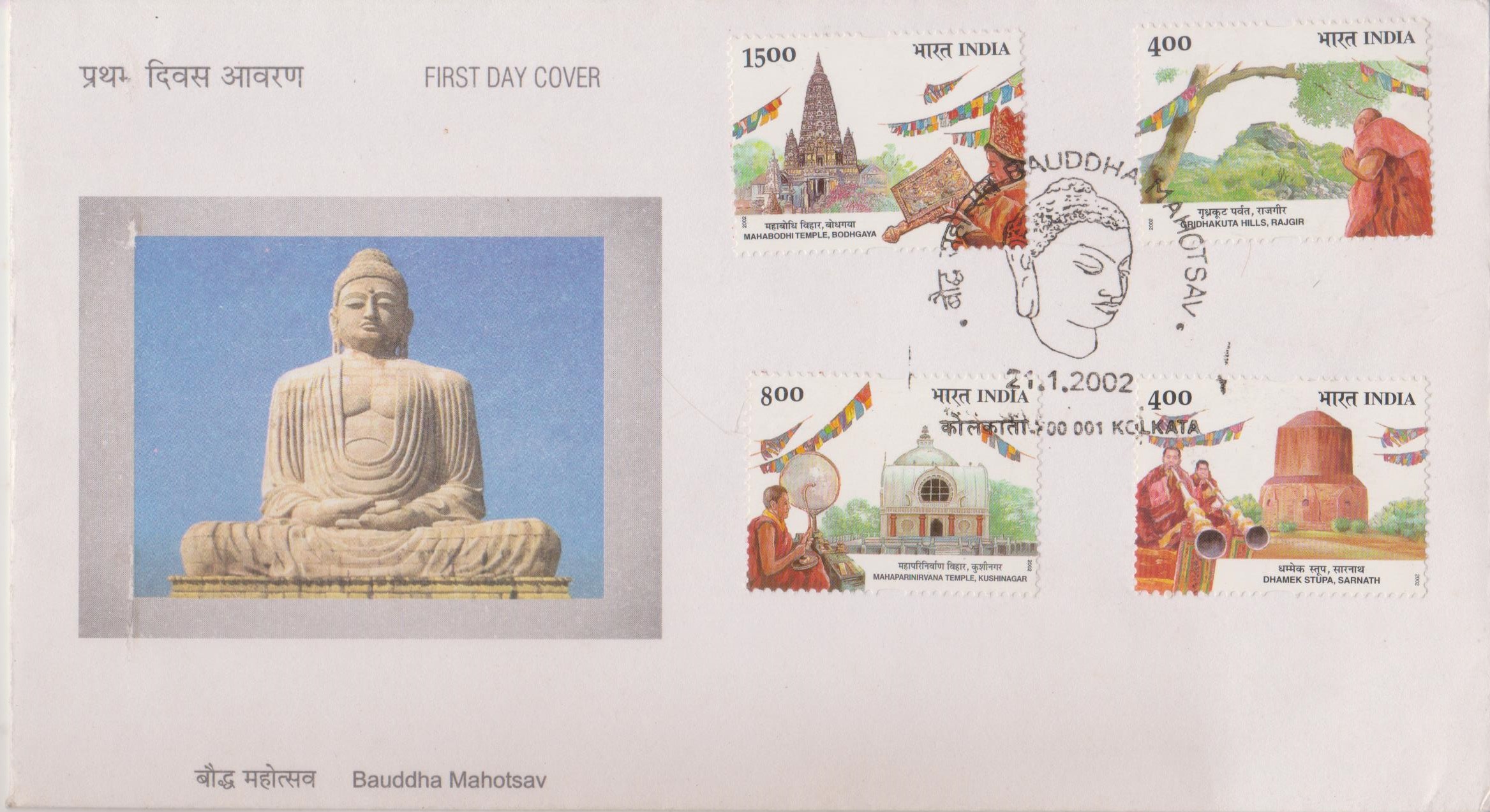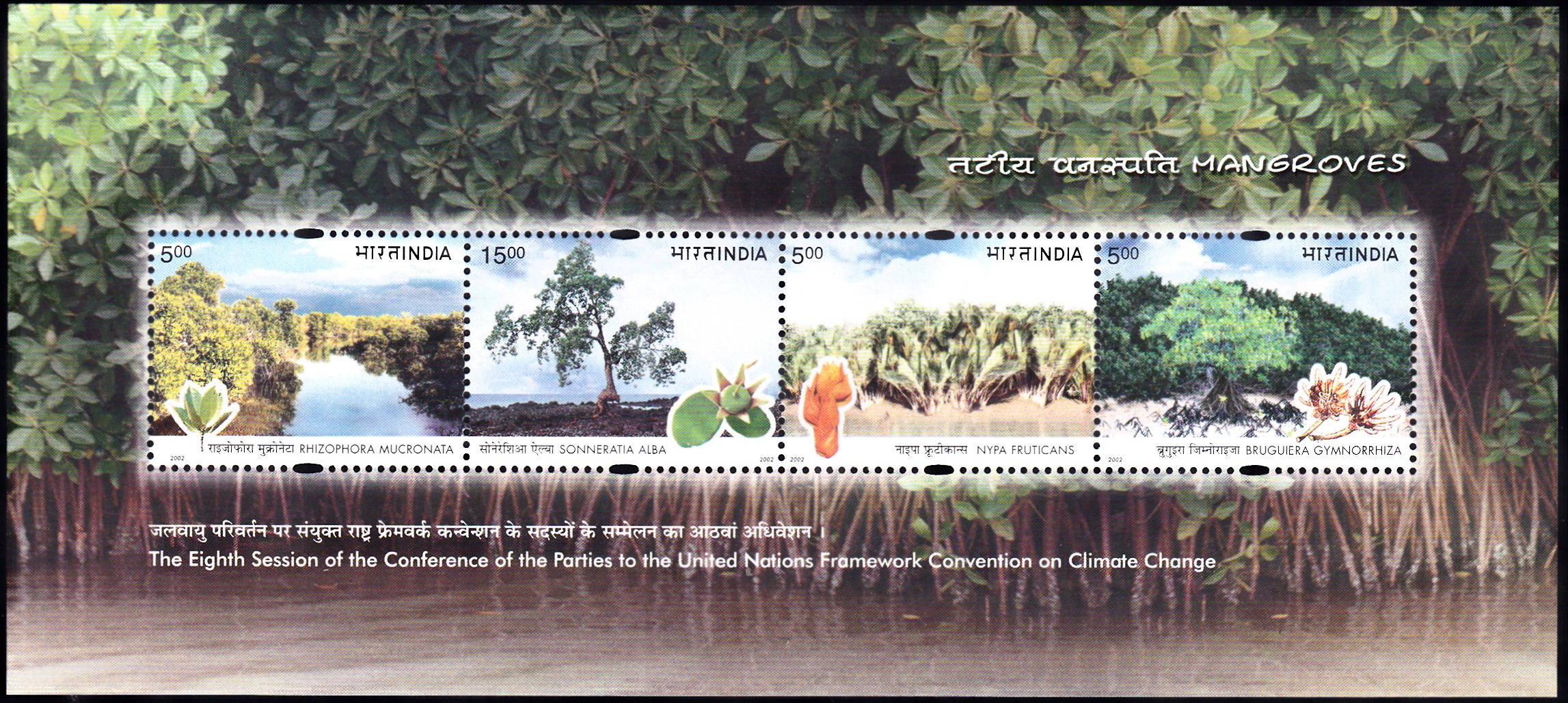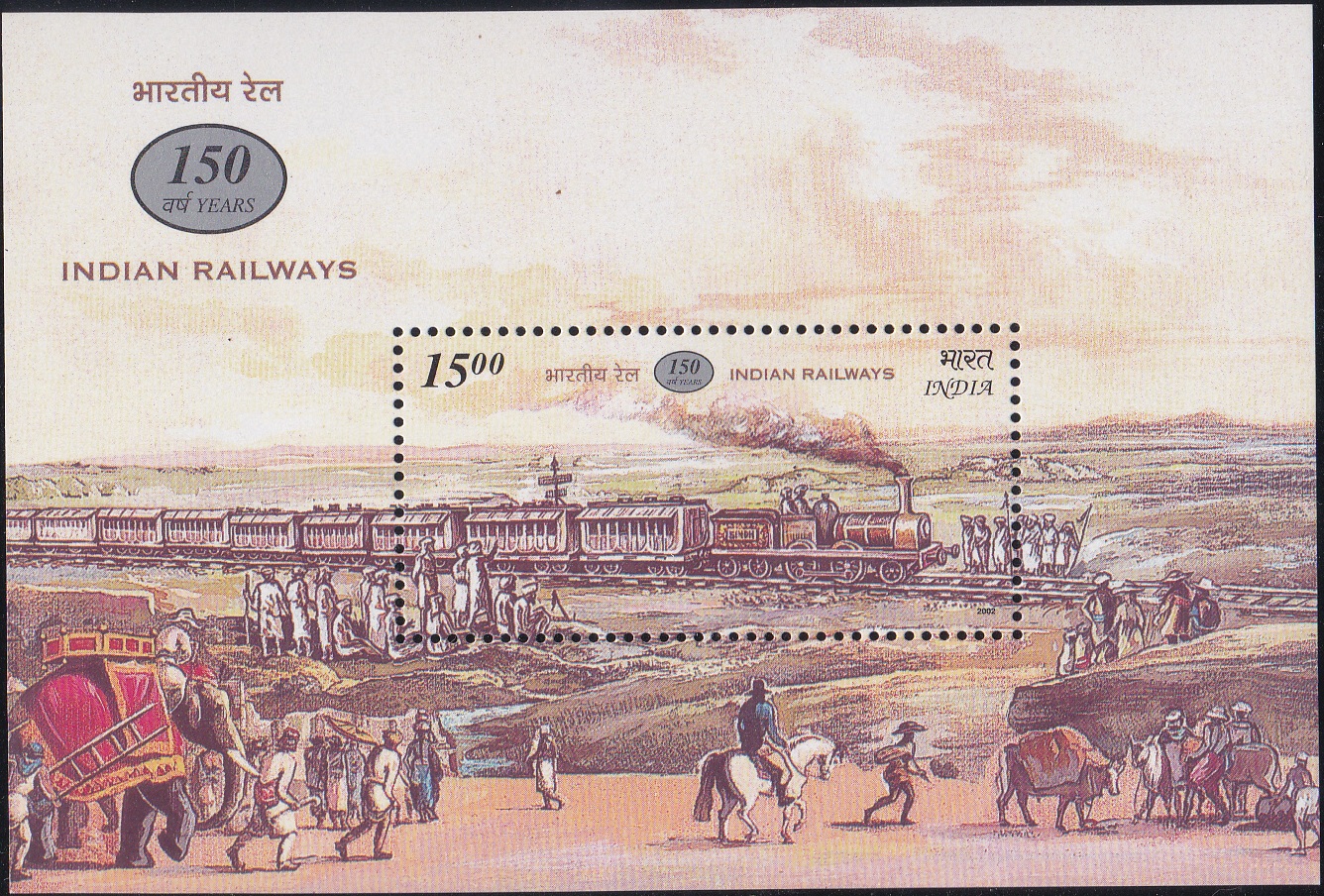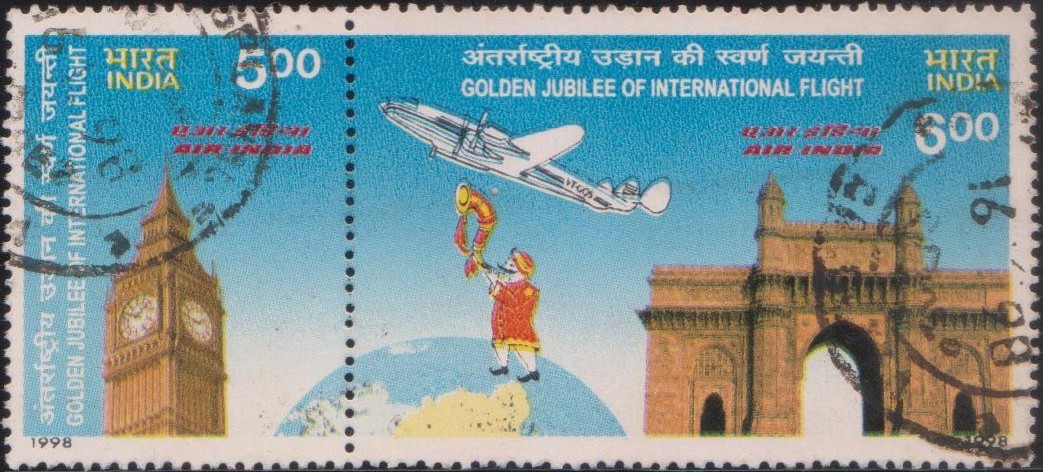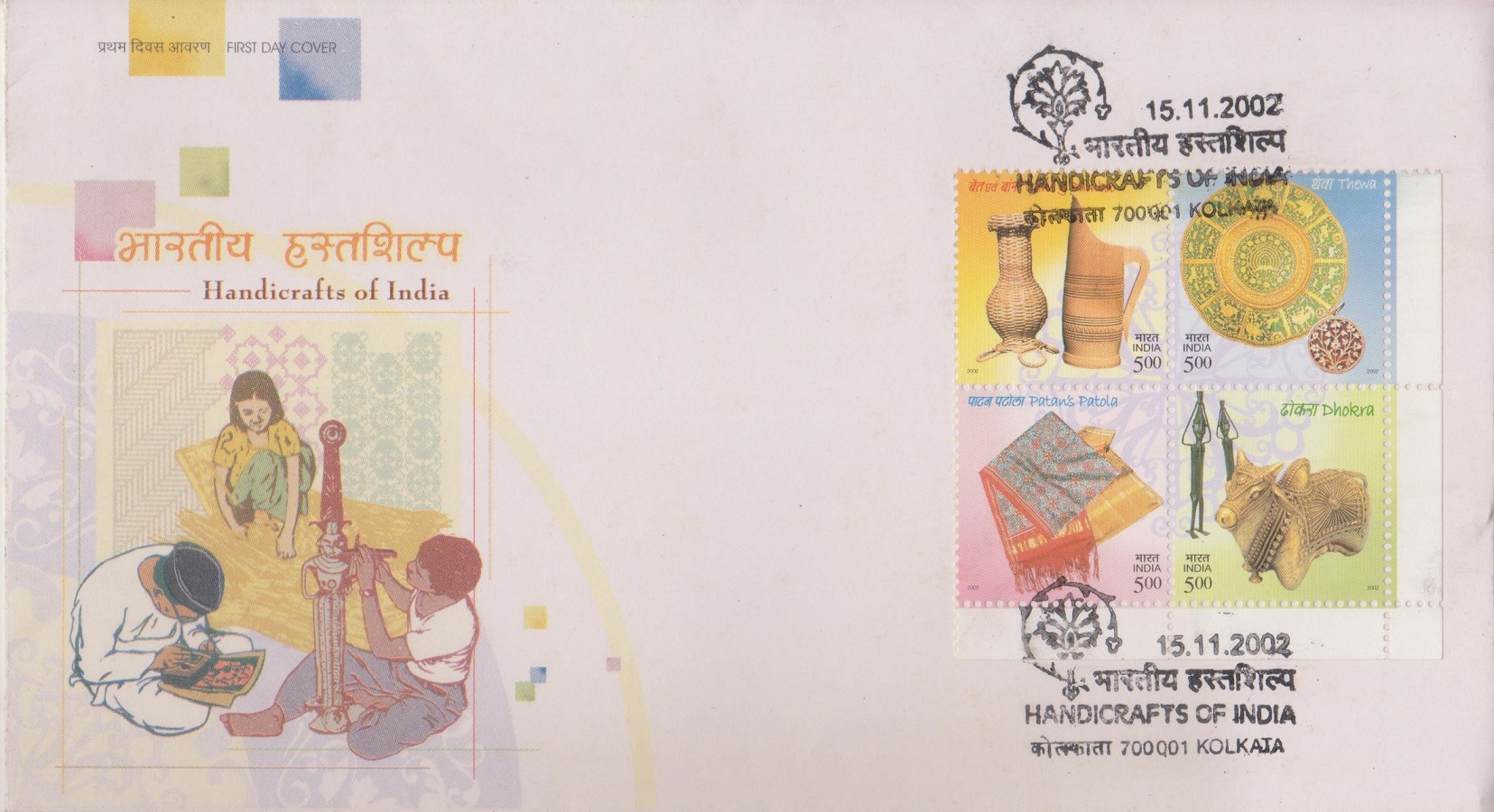
Forts of Andhra Pradesh : Golconda and Chandragiri
Complete Set of 2 nos of commemorative postage stamps on the Forts of Andhra Pradesh :
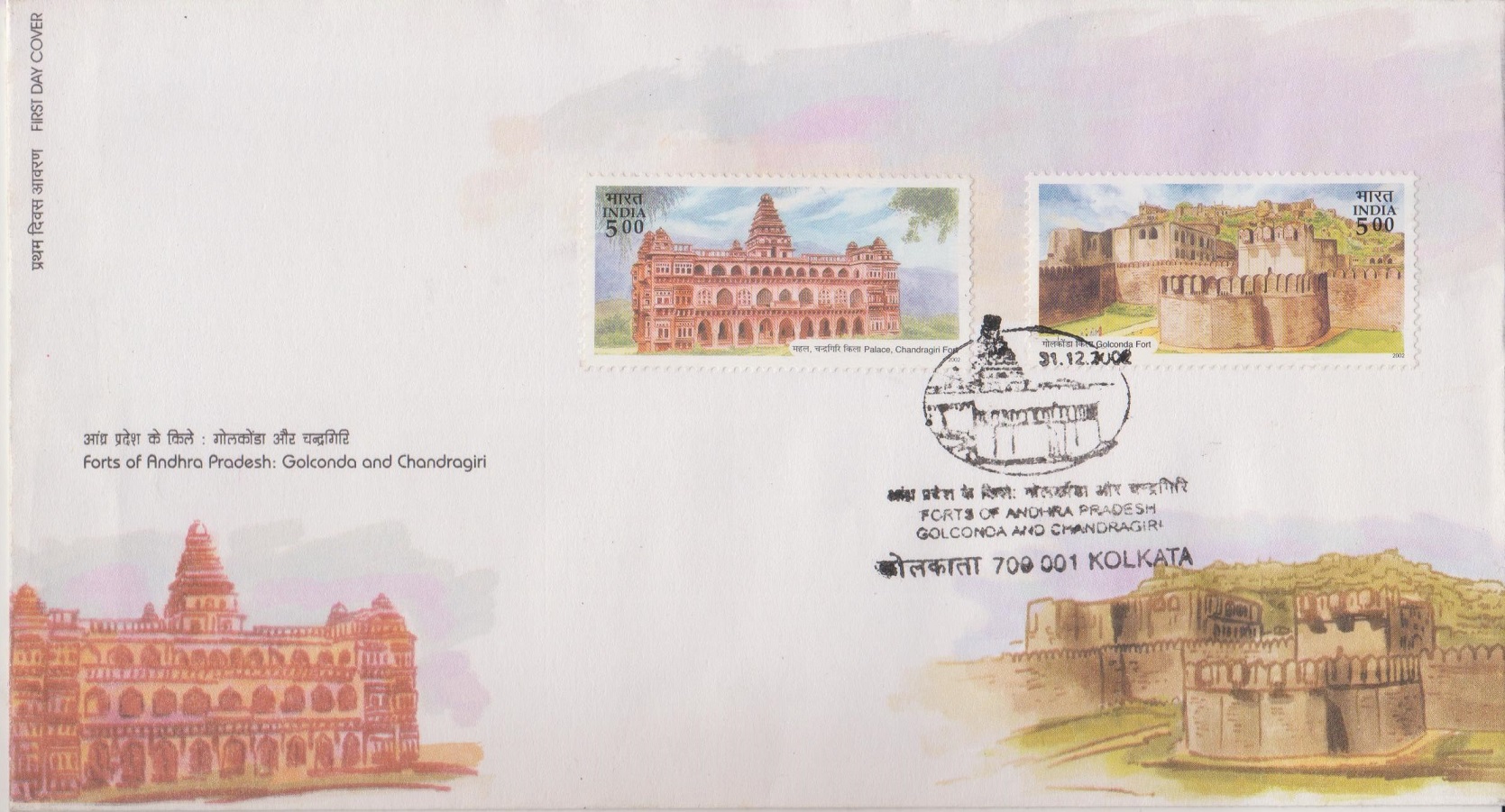 Issued by India
Issued by India
Issued on Dec 31, 2002
Issued for : A set of four stamps titled ‘Forts of India’ was issued on 3.8.1984. The Department of Posts now issues a set of two stamps on ‘Forts of Andhra Pradesh’, covering the forts at Golconda and Chandragiri.
Design : The two stamps depict a view of the Golconda fort and a picture of the palace at the Chandragiri fort, respectively.
Credits :
Stamps & FDC : Kamleshwar Singh
Cancellation : Alka Sharma
Type : Stamps, Mint Condition
Colour : Four Colour
Denomination : 500 Paise each
Overall size : 5.25 x 2.62 cms.
Printing size : 4.90 x 2.27 cms.
Perforation : 13.5 x 13.5
Paper : Matt Chromo
Stamps Printed : 3 million each
Number per issue sheet : 27
Printing Process : Photo Offset
Printer : Calcutta Security Printers Ltd.
About :
- Imposing forts and magnificent palaces can be seen across the length and breadth of India, reminding us of a bygone era of valiant kings and great empires. These forts and palaces are integral parts of the country’s rich cultural and architectural heritage. Most of the forts were built as a defence mechanism to keep the enemy at bay. They also evidence a deep knowledge of town planning and an advanced civic sense, as they were mostly small townships in themselves.
- Golconda fort is a majestic monument, which lies on the western outskirts of Hyderabad city. Hyderabad itself owes its birth to Golconda, the capital of the Qutub Shahi dynasty. The fort is believed to have been built originally by the Yadava rulers of the region and later passed through the domination of different dynasties like the Kakatiyas and Bahmani Sultans. Mohammed Quli Qutub Shah, who set up a new dynasty at Golconda, built the present fortified structure in 1525, and his successors reinforced the fortress over a period of 62 years. Some additions were made by later rulers even after that. The magnificent architecture of the Golconda fort is manifest in its acoustic system, the structural grandeur of the palaces and ingenious water supply system. The ventilation system reveals the brilliant planning of the architects; they are designed to let in a flow of fresh cool breeze, providing respite from the heat of summer. The tombs of the Qutub Shahi kings, built with Islamic architecture lie about 1 km north of the outer wall of Golconda. These graceful structures are surrounded by landscaped gardens, and a number of them have beautifully carved stonework.
- Chandragiri was the former capital of the Vijayanagar Empire. Located at a distance of 12 km from Tirupati in Chittoor district, the fort is said to have been built around AD 1000 by Immadi Narasimha Yadavaraya. The Vijayanagar Kings made additions at a later time. The well-secured fortification is a marvellous feat of construction, with cyclopean walls buttressed with the typical bastions at regular intervals and pierced with gateways and zig-zag entrances. The Vijayanagar Empire lasted for about 230 years. After its fall the last of the Vijayanagar kings shifted to Chandragiri. The palace at Chandragiri comprising the ‘Raja Mahal’ and ‘Rani Mahal’ was built in the early seventeenth century. The Raja Mahal consists of a Durbar Hall and a double-storeyed colonnade. Built in the Vijayanagar style of architecture, it has a number of ‘gopurams’, the largest one being over the Durbar Hall. A number of temples dot the fort that covers an area of about 25 acres. The modern town of Chandragiri lies to the east of the hill on which the fort stands.
- Text : Based on material furnished by the sponsors.


